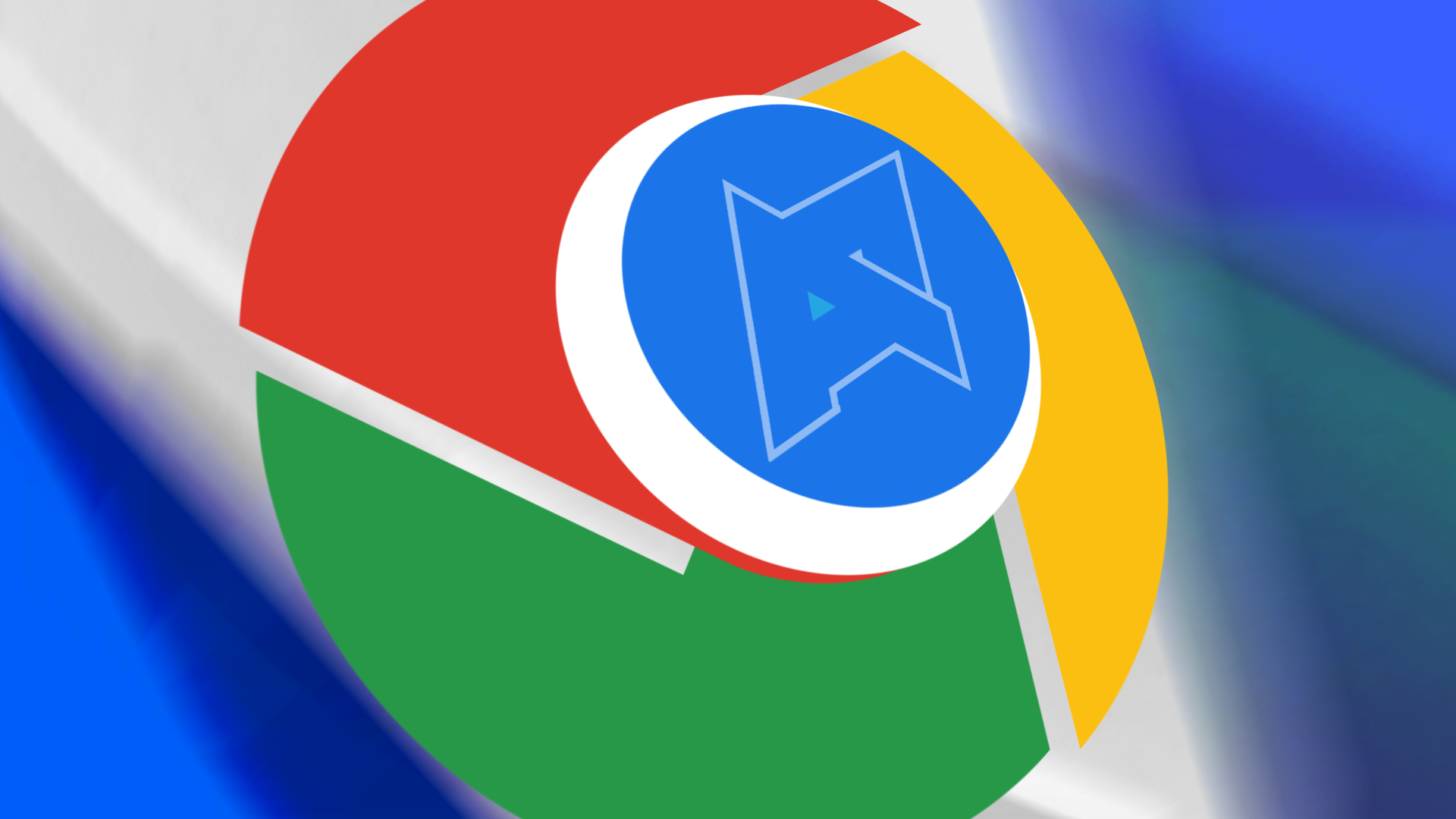How to change the default Google account on a web browser - 4 minutes read

How to change the default Google account on a web browser
Stop using Incognito mode to log into your other Google accounts
Google marks one account as your default in each browser on your desktop computer—much like Google sets one of your accounts as a default on Android, too. The practice makes it easier for users to sync data like settings, bookmarks, and more across Chrome on different computers, but it also dictates which account is loaded by default when using Google services. If you find that you constantly have to switch to your secondary account after opening a Google website, you may want to change the default.
What is my default Google account?
The Google ID that you use to sign in for the first time in a browser is set as the default account. The desktop browser will use this Google account on all the company’s web services like Drive, Calendar, Gmail, and so on. It's the one that will appear on the top of the account switcher menu in the top right corner of each Google website. If you don't want to keep switching to your secondary but more commonly used account manually, it’s time to change the default.
Default Google account on desktop: Google Chrome vs. other browsers
Your default Google account is much more capable on Google Chrome compared with Microsoft Edge, Safari, Firefox, and other browsers on the desktop. Chrome will sync bookmarks, history, passwords, payment, and address information to your default Google account.
Other desktop browsers will use the default account to determine which account to default to when visiting a Google service on the web. Your browsing data remains separate from your Google account.
Change the default Google account on the web
You can’t simply select another Google account as the default one and get the job done. You are required to sign out of all accounts and sign back in with your preferred Google ID first.
Here's how to change the default for good:
Visit any Google service on the web. In the screenshots below, we are using Google Drive as an example.
Click on the circular profile icon in the upper right corner. If you haven’t set a profile picture for your Google account, you will see your initials instead.
From the dropdown menu, select Sign out of all accounts.
You are now signed out from all the added Google accounts.
You can either select one of the signed-out accounts or use a new Google account when you login again. Remember that the first Google account you use here will be set as the default.
Once you select a Google ID from the list or add a new Google account, the following screen will ask you to enter the account password.
If you have set 2FA (two-factor authentication) for your Google account, the company will ask for further verification.
Complete the authentication process.
Enjoy a new default Google account on the web.
From now on, you will see the new default account in action whenever you visit any Google service through a browser.
Any changes you make only apply to your Chrome browser. If you try to use another browser on the desktop, it will continue to use the first Google ID that you used during setup as the default. You must go through the same steps again if you wish to change the default Google account on a different browser.
Now that you've got your default Google account all sorted on Chrome, take a few minutes to set up Google Messages on your browser, so you can send text messages without picking up your phone.
Assistant on the Nest Hub Max may soon get a whole new way to misunderstand when you're talking to it
Read Next
About The Author
Parth Shah
(7 Articles Published)
Parth started his career by covering tech news. A tech enthusiast by heart, you will find him talking about how-tos, guides, app comparisons, tutorials, and troubleshooting tricks on Android Police and Guiding Tech. Take away his mechanical keyboard and you will see him dealing in diamonds in Surat, India.
More
From Parth Shah
Source: Android Police
Powered by NewsAPI.org